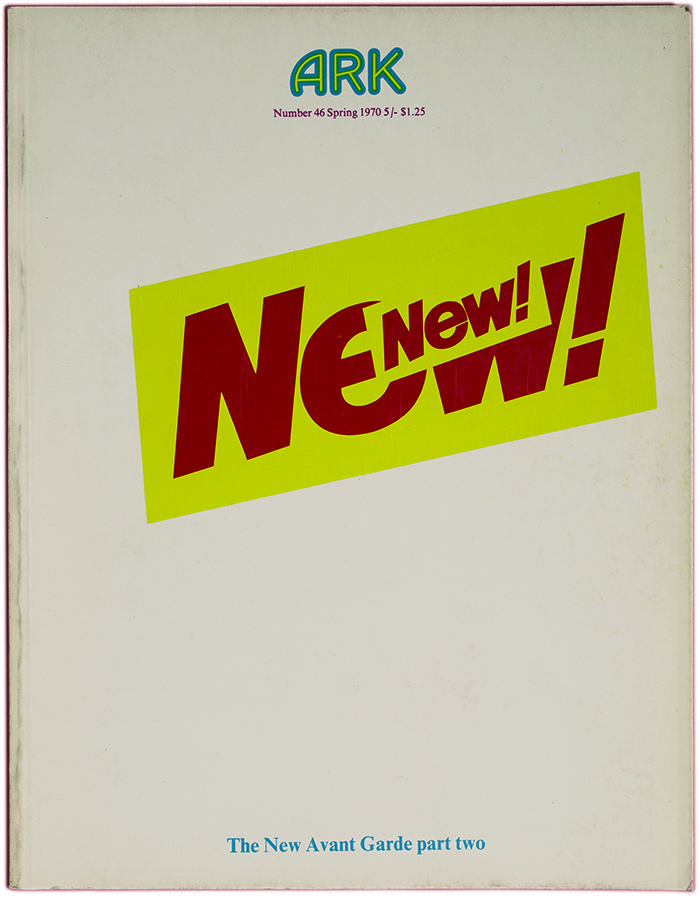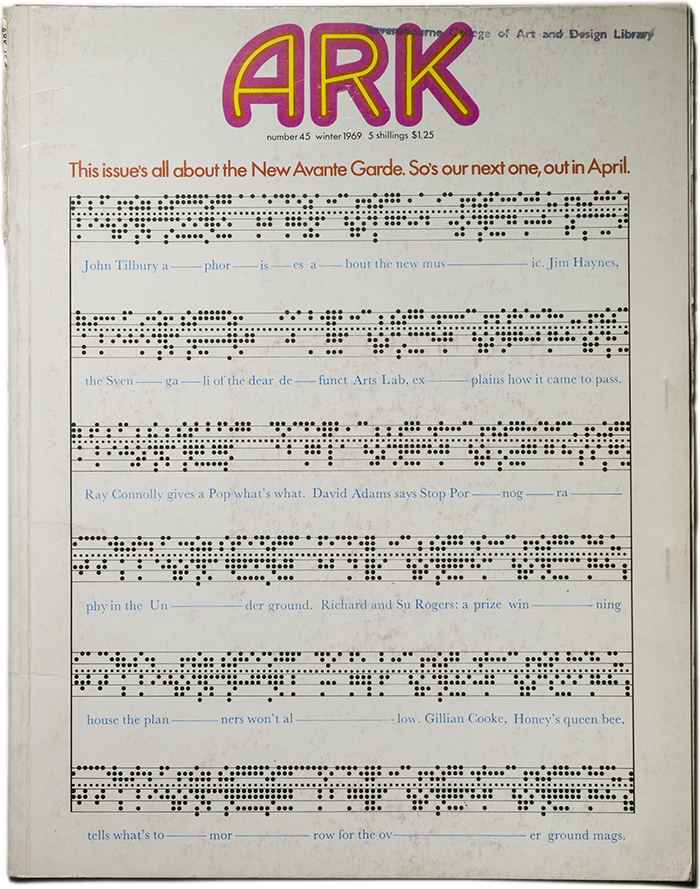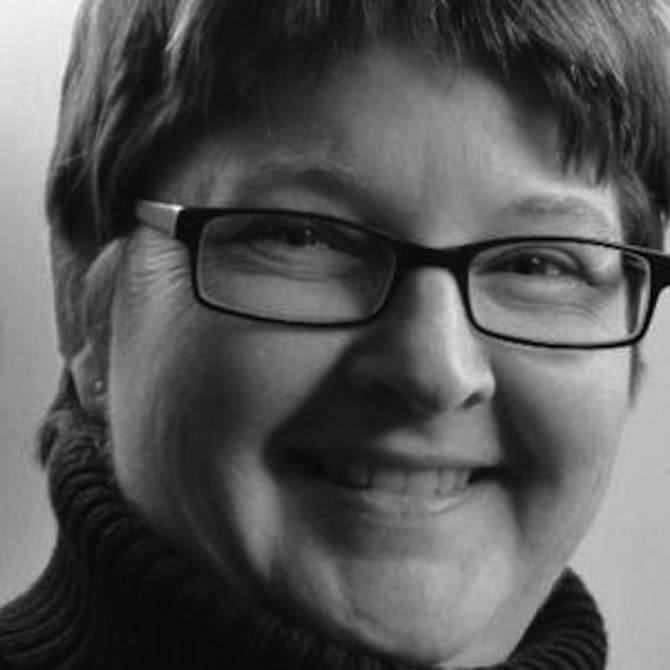Alan Rickman is a distinguished film and theater actor. A former member of the Royal Shakespeare Company, his film performances include leading roles in Die Hard, Robin Hood: Prince of Thieves and the Harry Potter series. Alan Rickman studied graphic design at the RCA between 1968 and 1969.
Teal Triggs: Would you say your first ambition was to be a graphic designer?
Alan Rickman: Yes. Although theater was always lurking in the background.
TT: As an art school, the RCA not only provided students with an education but also fostered a rich social life (through film societies, student union events, parties, etc.). Can you tell us a little about this?
AR: The Graphics department was "annexed," in a huge, echoing room, farther down Exhibition Road, adjoined to the V&A. Sadly, we had no daily contact with other disciplines, so I don’t remember much in the way of a social life. It was heads down all day.
TT: The RCA journal ARK features heavily in the life of the college, facilitating students in trying new things. You are credited in issues 45 and 46 (1969/1970) of the journal as a copy editor, but also as a writer ["Interview with Jim Haynes" (1969) and "Child’s Play" (1970)]. How important was this to you at the time?

ARK 45, Winter 1969 | editor: Malcolm Winton; art editor: Darrell Ireland; adverts managers: Penny Jones and Lynda Usher; production manager: Joy Law; copy editor: Alan Rickman; illustration editor: Ray Ogden; cover design uncredited
AR: Working on ARK came at an important time for me. In retrospect, I could feel my wings already beginning to stretch in other directions.
TT: The writing seems to have led onto further countercultural publications. How involved were you in the politics of the time?
AR: My design training was used actively on one of the first free, left-wing newspapers, The Notting Hill Herald. I designed the masthead, and worked on the weekly layouts. I was also freelancing on other publications. It was a rich time, politically. And this was all before computers. A lot of indignation, late nights, and Letraset.
TT: One of the themes emerging in our research is how graphic design at the RCA has fostered an education which in today’s terminology might be understood as "transferable" into other professional careers. What do you feel you gained from your RCA student experience? In what ways did this manifest itself in your later career, both as a designer and actor?
AR: Hindsight means that you can see how the dots joined up along the way. I had already had such a strong training with Edward Wright at Chelsea in terms of his ethics and rigor as a typographer and designer. Coming to the RCA was a consolidation of all that. And now that training is with me every day—in a rehearsal room, an editing suite, in conversations with a cinematographer, a costume, set, or titles designer. There’s a shorthand.

ARK 46, Spring 1970 | editor: Malcolm Winton; art editor: Darrell Ireland; adverts manager: Gordon Thompson; production manager: Joy Law; copy editor: Alan Rickman; illustration editor: Ray Ogden; cover design: John Pasche
TT: We understand that after you left the RCA, you set up a studio in Soho. Could you talk a little about how the studio came to be, who were your collaborators and clients?
AR: It all seems like a 1970s fantasy now. A top floor studio in Berwick Street, shared with a photographer, whitewashed brick walls and a vaulted glass ceiling. We were a mixed group of designers and illustrators—fellow students from Chelsea—Ann Winterbotham, Tony Phillips, Caroline Brown, and Royston Edwards, along with Penny Jones, who had joined me from Chelsea at the RCA. My job also included hiking around a huge and heavy portfolio to all the art directors. Again, this was BC: Before Computers. We worked on magazine layouts and illustrations, book jackets, album sleeves, and advertising. And learned quickly that we had to pay our bills immediately, but that the same rule did not apply to our clients. A constant financial tightrope. It came to a natural finish when I started to work in fringe theater and then went to RADA, and the others merged with Alan Aldridge at Ink Studios. Happy endings.
TT: Is there anything else about the RCA you would like to tell us?
AR: In retrospect, being at the RCA was like walking across a necessary bridge to the rest of my working life.

